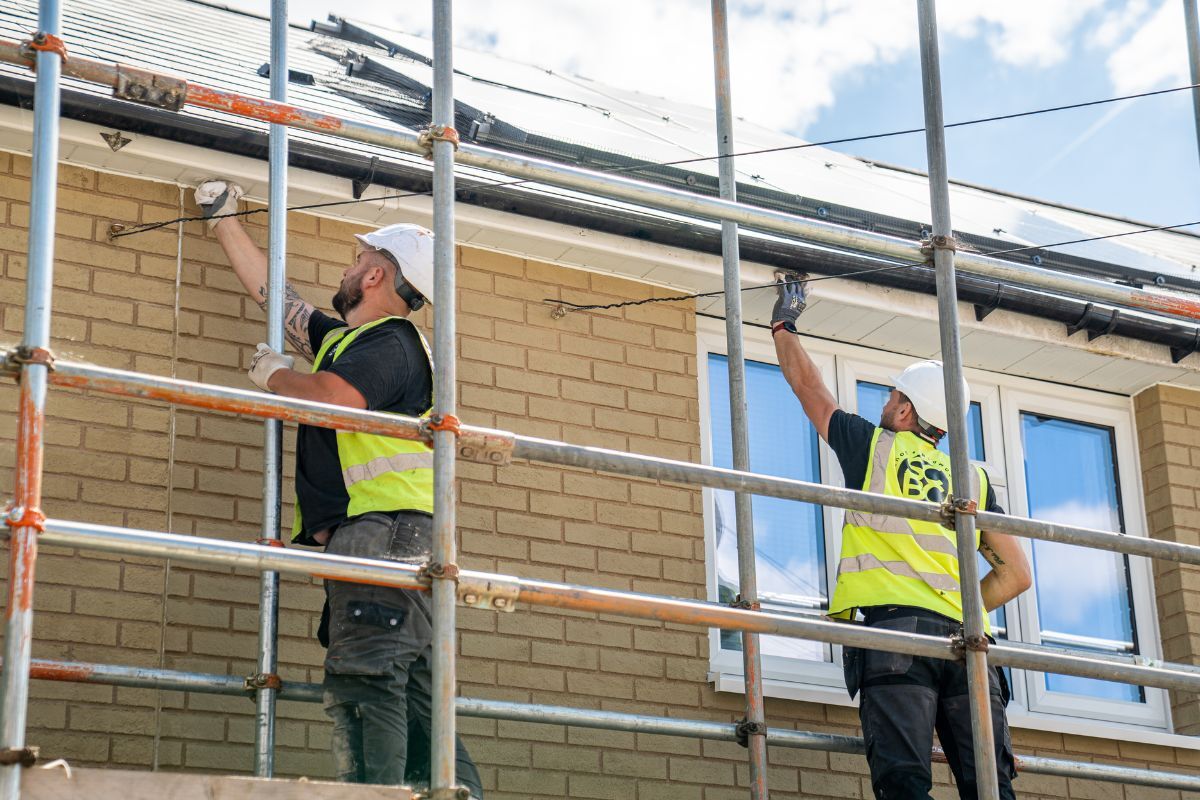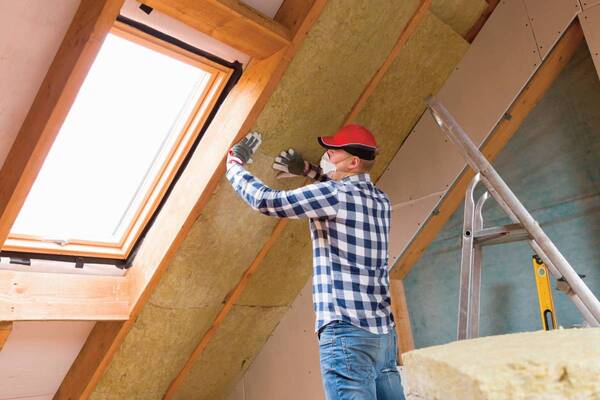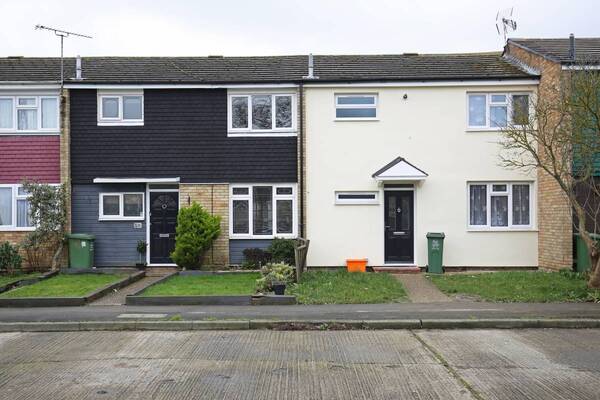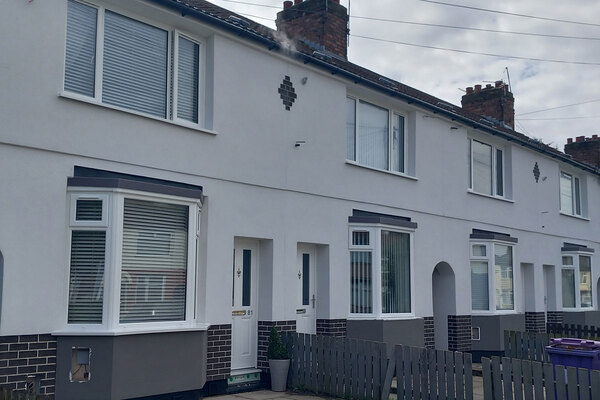Unlocking retrofit success: six essential tips
Rebecca Hart, head of Sustain at Novus Property Solutions, shares six key steps to help housing associations deliver impactful, efficient, and resident-focused retrofit programmes
As the UK edges closer to its net zero targets and the cost-of-living crisis intensifies, decarbonising social housing has become a pressing priority. Yet while the need is clear, the path to successful retrofit delivery is often complex and costly.
Novus Property Solutions has supported numerous housing providers through its Sustain service. Drawing on lessons from past projects, Rebecca Hart, head of Sustain, shares six key steps to help housing associations deliver impactful, efficient, and resident-focused retrofit programmes.
- Clearly define project objectives
For many organisations, decarbonisation projects go far beyond reducing carbon emissions. They also aim to lower energy bills, improve health outcomes through warmer and drier homes, reduce long-term maintenance costs and tenancy turnover, and stimulate local economies—by increasing residents’ disposable income, reducing rent arrears, and creating more desirable, resilient communities.
Whatever the drivers or objectives, it’s essential that an organisation’s strategies, policies, and plans inform the project’s ’intended outcomes’. This alignment ensures clarity of purpose, internal buy-in, and effective delivery—laying the foundations for truly successful retrofit outcomes.
2. Collaborate from the outset
Strong collaboration between clients, contractors, and the supply chain is critical to retrofit success. Early engagement fosters:
- Compliance and quality by defining roles, workflows, and data capture from the outset
- Effective planning through early involvement of Retrofit Designers and service providers
- Risk management by creating a culture of shared responsibility
- Cost optimisation via expert input on funding, grants, and efficient solutions
- Innovation by tapping into the latest technologies and best practices
By building a collaborative environment early, housing providers can avoid delays, reduce costs, and deliver better outcomes for residents.
3. Property selection, archetyping and design
It’s widely recognised that housing providers face limited budgets and a broad range of competing priorities—from fire safety and maintaining decency standards, to delivering new homes and addressing pressing asset issues like damp, mould, and disrepair. Within this complex landscape, providers must make strategic, data-informed decisions about which properties to target and which retrofit measures will deliver the greatest impact.
Early-stage archetyping—grouping properties by construction type and energy performance—streamlines planning, helps set a template to work from, and helps categorise properties into levels of energy performance, complexities, and suitable measures. The exercise highlights any gaps in stock data, which may lead to a decision to use industry-specific software tools, so unavailable data can be reliably predicted. It also:
- Accelerates project scoping, sequencing and decision-making
- Enables bulk procurement for similar property types, reducing costs
- Highlights common risks like thermal bridging, improving quality
- Makes better use of limited stock data by revealing actionable insights, including revealing common risks associated with each building type, for example thermal bridging and ventilation issues that can ultimately minimise risks associated with retrofit failure
Aligning with planned works
Once archetypes and measures are defined, reviewing existing investment programmes can identify opportunities to combine works. This reduces disruption, avoids redundant upgrades, and improves resident satisfaction.
Design modelling
A clear brief for the design team, including a hierarchy of measures, for example space heating demand or EPC uplift, ensures efficient modelling and cost control. Less intrusive upgrades can be prioritised for vulnerable residents, with more extensive works scheduled later.
Plan delivery for efficiency and scale
Effective sequencing is key to delivering large-scale retrofit programmes efficiently. Grouping similar property types—such as non-traditional archetypes—into dedicated workstreams can unlock economies of scale. However, these may require more time upfront due to the complexity of their design and planning requirements.
Similarly, properties in mixed-tenure buildings often involve leaseholder consultation, which can extend timelines by several months. Factoring these considerations into the overall programme schedule from the outset helps avoid delays and ensures smoother delivery across all property types.
4. Engage residents early and effectively
Resident engagement is not just a courtesy—it’s a cornerstone of successful retrofit delivery. Once properties and measures are identified, a proactive engagement strategy helps assess resident readiness and address concerns early.
Tailored communication
Framing the retrofit in terms of tangible benefits—like “a warmer, drier, more comfortable home”—rather than technical jargon, helps build trust and buy-in. Using digital platforms and personalised communication methods ensures inclusivity, especially for vulnerable residents or those with additional needs, ensuring time is built into programmes for harder to reach residents.
Leaseholder considerations
For mixed-tenure buildings, early consultation with leaseholders is essential to navigate legal and consent requirements, which can otherwise delay or derail projects.
5. Monitor, evaluate, and adapt
A robust monitoring and evaluation strategy ensures that retrofit projects deliver on their promises in real-world conditions.
Performance monitoring
For high-standard projects, such as Passivhaus, environmental monitoring is essential. In homes with a history of damp or mould, follow-up engagement ensures ventilation systems are functioning and are being used correctly.
Resident feedback
In less complex projects, pre- and post-installation surveys can provide valuable insights. Early identification of underperformance allows for timely intervention, preventing minor issues from escalating into major defects.
6. Share knowledge to drive industry progress
The scale of the retrofit challenge demands a collective effort. Sharing lessons learned—both successes and setbacks—helps improve customer experience, reduce errors, and raise industry standards.
By fostering a culture of openness and continuous improvement, the sector can accelerate progress towards net zero while making retrofit a more appealing and accessible prospect for residents.






